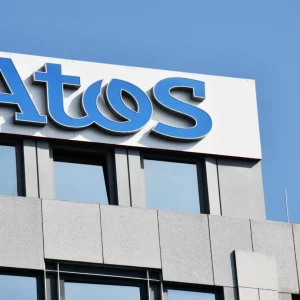
The total number of data centre facilities run by hyperscale cloud providers has doubled in the past four years and will double again by 2028, according to new data published by Synergy Research Group. 19 major cloud firms now run over 1,000 such sites said the market intelligence firm, up from 992 at the end of 2023. Despite efforts on the part of hyperscalers to broaden the geographic spread of their data centre facilities, the majority of these facilities continue to be located in the US, with 17% situated in Europe and 16% in China.
“Each year will see some 120-130 additional hyperscale data centres coming online,” said Synergy Research Group. “Capacity growth will be driven increasingly by the even larger scale of those newly opened data centres, with generative AI technology being a prime reason for that increased scale.”

Hyperscale data centre capacity up
Up to 60% of current hyperscale capacity – defined as MW of critical IT load – resides with the big three cloud providers: AWS, Microsoft Azure and Google. Previous data published by Synergy has shown that AWS continues to dominate the sector, with a 32% market share compared to Azure’s 23% and Google Cloud’s 11%. Even so, the number of facilities run by hyperscalers does not appear to have yet outpaced on-premise sites, with the former only constituting some 37% of global data centre capacity.
This may change in the future, with Synergy predicting that hyperscale facilities will likely constitute half of the world’s data centres by 2028. The organisation’s predictions of future growth, it said, were based on an analysis of published plans for new sites, which number 440 in total.
Bigger and smaller data centres abound
Synergy’s chief analyst, John Dinsdale, added that the physical size of data centres was also changing. “Generally speaking, self-owned data centres are much bigger than leased data centres and data centers in the home country of a hyperscale company are much bigger than its international facilities, though there are plenty of exceptions to these trends,” he said. “We’re also seeing something of a bifurcation in data centre scale. While the core data centres are getting ever bigger, there is also an increasing number of relatively smaller data centres being deployed in order to push infrastructure nearer to customers. Putting it all together though, all major growth trend lines are heading sharply up and to the right.”






